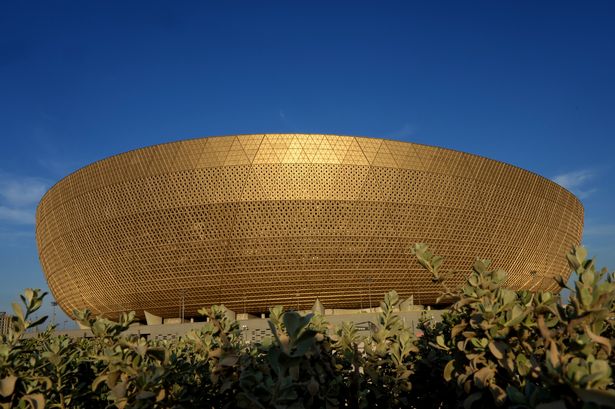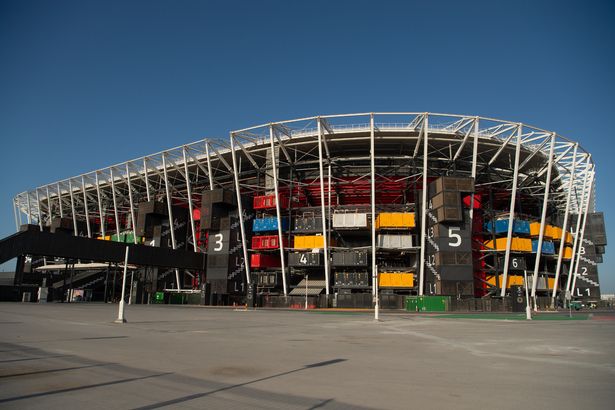With so much focus on the first World Cup to be held in the Arab World, the hosts: Qatar spared no expense, breaking ground on six new stadiums and refurbishing Al-Rayyan Stadium (built-in 2003) to complement the much older Khalifa International Stadium complex (built-in 1976). But what happens to these stadiums once a winner is declared and the crowds depart Qatar?
Many host countries have been shown in the past to be unprepared to deal with empty infrastructure, with the most recent example being Brazil in 2014 when they were left with several “white elephants” that fell into disrepair shortly after the tournament. This is a major concern for Qatar, as the country has little football or sporting heritage and much of the infrastructure has had to be built from scratch. As a result, Qatar’s organizers have been forced to come up with creative solutions to ensure that the country is not faced with the problem of how to use eight major football stadiums after the World Cup concludes.

The exact cost of Qatar’s stadiums is unclear. The total spending on projects that were tied to preparing for the World Cup is estimated at $200 billion. What Qatar got for its money was seven new and distinctive arenas with strong themes taking inspiration from the local culture. The 89,000-capacity Lusail Stadium is modeled after a hand-crafted bowl; the 69,000-capacity Al Bayt Stadium resembles a nomad’s desert tent, and the Al Thumama Stadium is like a woven cap. Al Janoub Stadium, designed by the late Zaha Hadid, then the world’s most famous woman architect, is said to be inspired by the sails of a pearl fishing boat. Many observers saw feminine finesse in the sweeping curves of its roof.

Several stadium sites will be repurposed, even as seats are removed, to make them more environmentally friendly in the long run. Stadium 974, made out of 974 shipping containers, is set to be taken apart. Some reports indicate that will be gifted to Uruguay to help in their join-bid for the 2030 FIFA World Cup. Al Bayt Stadium will have a shopping center and a hotel, while Al Thumama Stadium will get a hotel and a sports clinic. Al Janoub Stadium will be the new home of Al Wakrah Sports Club, replacing the current Saoud bin Abdulrahman Stadium, and will host Qatar Stars League matches. The Lusail Iconic Stadium, on the other hand, will be transformed into a community hub with schools, shops, cafes, sports facilities, and health clinics.


